PPT-Writing Efficient CUDA Programs
Author : olivia-moreira | Published Date : 2016-12-01
Martin Burtscher Department of Computer Science HighEnd CPUs and GPUs Xeon X7550 Tesla C2050 Cores 8 superscalar 448 simple Active threads 2 per core 48 per core
Presentation Embed Code
Download Presentation
Download Presentation The PPT/PDF document "Writing Efficient CUDA Programs" is the property of its rightful owner. Permission is granted to download and print the materials on this website for personal, non-commercial use only, and to display it on your personal computer provided you do not modify the materials and that you retain all copyright notices contained in the materials. By downloading content from our website, you accept the terms of this agreement.
Writing Efficient CUDA Programs: Transcript
Download Rules Of Document
"Writing Efficient CUDA Programs"The content belongs to its owner. You may download and print it for personal use, without modification, and keep all copyright notices. By downloading, you agree to these terms.
Related Documents


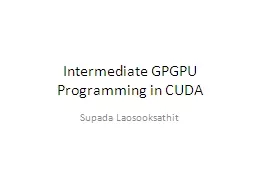
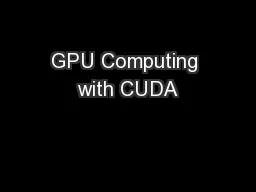
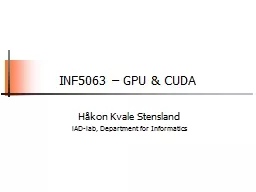
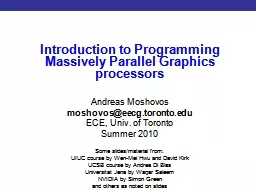

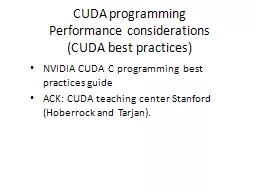
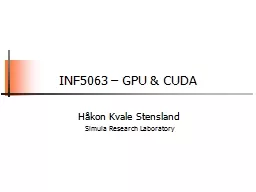


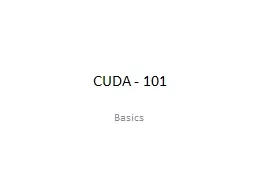
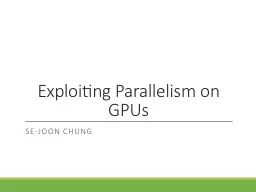

![[PDF]-CUDA Fortran for Scientists and Engineers: Best Practices for Efficient CUDA Fortran](https://thumbs.docslides.com/972313/pdf-cuda-fortran-for-scientists-and-engineers-best-practices-for-efficient-cuda-fortran-programming.jpg)